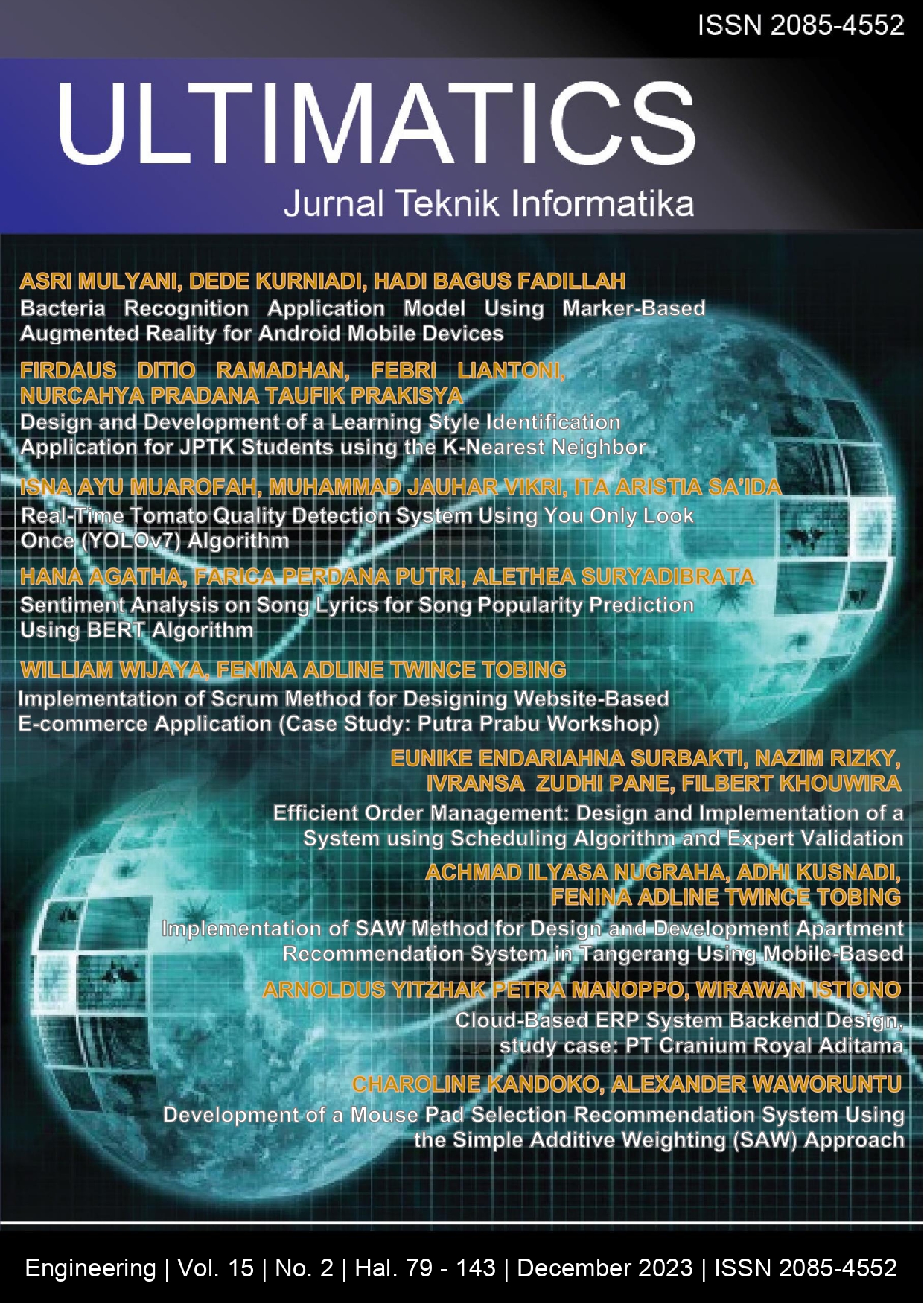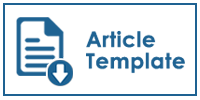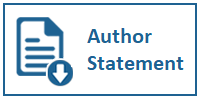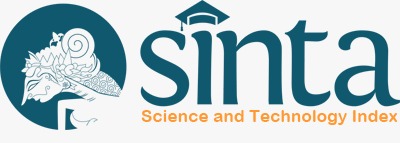REAL-TIME TOMATO QUALITY DETECTION SYSTEM USING YOU ONLY LOOK ONCE (YOLOv7) ALGORITHM
Sistem Deteksi Mutu Tomat Secara Real-time Menggunakan Algoritma You Only Look Once (YOLOv7)
DOI:
https://doi.org/10.31937/ti.v15i2.3337Abstract
Real-time object detection is a crucial aspect of computer vision. With the increasing prominence of the big data field, it has become easier to gather data from various sources. Over the past few decades, computer vision inspection systems have become essential tools in agricultural operations, and their usage has seen a significant rise. Computer vision automation-based technology in agriculture is increasingly being employed to enhance productivity and efficiency. Tomato is a widely utilized crop commodity, finding applications in food, cosmetics, and pharmaceuticals. Consequently, tomato farming continues to evolve and has become one of the nation's export commodities. YOLO is an algorithm capable of real-time object detection and recognition. In this study, the YOLOv7-tiny architecture, which has lower computational overhead, was utilized. For quality detection of tomatoes, they were categorized into three classes: ripe, unripe, and defective. The trained model yielded a recall score of 0.97, precision of 1.0, a PR-curve of 0.838, and an F1-score of 0.81, indicating that the model learned effectively. The research achieved an accuracy of 90.6% on original images with an average IoU of 0.90 and a detection time of 2.7 seconds. In images with added light disturbance, the average accuracy was 91.2%. Images with reduced light yielded an average accuracy of 92%, while images with blur disturbance had an average accuracy of 78.2%. In real-time testing, ripe tomatoes were detected up to a maximum distance of 90cm, unripe tomatoes at 90cm, and defective tomatoes at 70cm.
Downloads
Downloads
Published
How to Cite
Issue
Section
License
Authors retain copyright and grant the journal right of first publication with the work simultaneously licensed under a Creative Commons Attribution-ShareAlike International License (CC-BY-SA 4.0) that allows others to share the work with an acknowledgement of the work's authorship and initial publication in this journal.
Authors are able to enter into separate, additional contractual arrangements for the non-exclusive distribution of the journal's published version of the work (e.g., post it to an institutional repository or publish it in a book), with an acknowledgement of its initial publication in this journal.
Copyright without Restrictions
The journal allows the author(s) to hold the copyright without restrictions and will retain publishing rights without restrictions.
The submitted papers are assumed to contain no proprietary material unprotected by patent or patent application; responsibility for technical content and for protection of proprietary material rests solely with the author(s) and their organizations and is not the responsibility of the ULTIMATICS or its Editorial Staff. The main (first/corresponding) author is responsible for ensuring that the article has been seen and approved by all the other authors. It is the responsibility of the author to obtain all necessary copyright release permissions for the use of any copyrighted materials in the manuscript prior to the submission.















